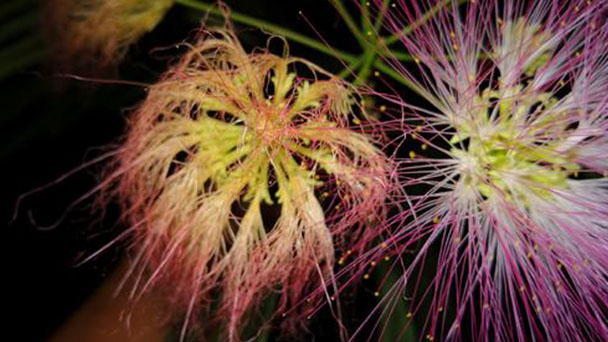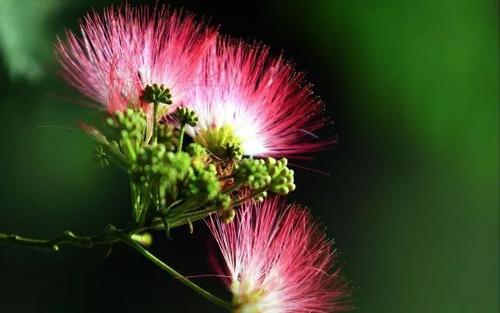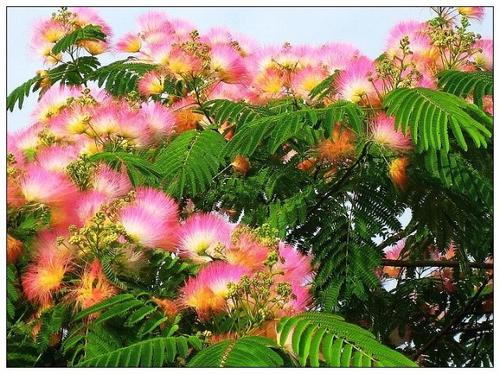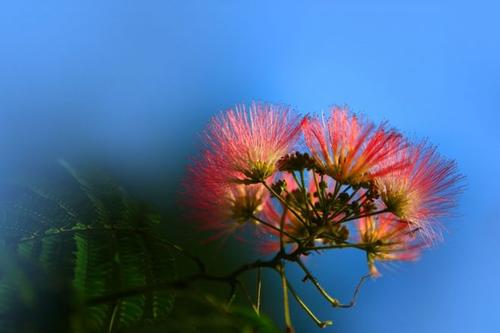Magnolia coco profile
Written by Maggie
Aug 24 2021

Magnolia Coco, also known as Coconut Magnolia, is native to southern China. Magnolia Coco prefers a warm, humid and semi-cloudy environment. It is resistant to shade and is afraid of hot sun exposure. Magnolia Coco requires fertile, loose and well-drained slightly acidic soil with a temperature not lower than 5℃ in winter. Magnolia Coco is an evergreen shrub, 1~2 m tall.
Magnolia coco picture

Morphological characteristics of Magnolia coco
Branch
Magnolia coco is an evergreen shrub or small tree, 2-4 m tall, glabrous in all parts of the plant; Bark is gray, branchlets green, smooth, slightly angular and glossy.
Leaf
Leaves of Magnolia coco are leathery, elliptic, narrowly elliptic or obovate-elliptic, 7 -- 14 (-28) cm long and 2 -- 4.5 (-9) cm wide, apically acuminate, basally cuneate, dark green glossy above, slightly wavy, margin slightly curling, lateral veins 8 -- 10 on each side, reticulate sparsely; Petiole is 5-10 mm long; Stipules trace to the apex of petiole.
Flowers
Pedicels of magnolia coco downward bent, with 3-4 bracts abscission marks. Flowers are globose, 3-4 cm in diameter, perianth segments 9, fleshy, obovate, ventral concave, outer 3 greenish, with 5 longitudinal veins, ca. 2 cm long, inner 2 rings pure white, ca. 3-4 cm long, ca. 4 cm wide; Stamens are 4 -- 6 mm long, anthers ca. 3 mm long, connectors protruding into a mucronate; Filaments are white, ca. 2 mm long; Pistils are green, ovate, 1.5-2 cm long; Carpels ca. are 10, narrowly ovate, 5 -- 6 mm long, abaxially with a longitudinal groove to the base of style, stigma short, apically truculent after falling off.
Magnolia Coco flowers in summer and continues to bloom almost all year round in Guangzhou.
Fruit
Aggregate fruit ca. 3 cm; Follicles are near lignin; Seeds are ovoid, ca. 1 cm high, brown inner seed coat, ventral apex with lateral pore, the abdominal groove is not obvious, base acute.
Magnolia Coco is fruiting in autumn.
Ecological habits of Magnolia coco
Magnolia Coco likes a warm, humid and sunny environment, adaptable to climate and soil, tolerant to shade and a good fertilizer. Magnolia coco likes to grow in warm, moist and partly cloudy environments. Magnolia Coco prefers well-drained, fertile, slightly acidic sandy soil, avoid calcareous soil but also endure barren soil and arid climate. Flowers bloom for a short time, one to two days each, and tend to open in the morning and close at night, hence the name Magnolia Coco. Sweet fragrance, night more intense. The appropriate temperature for the flowering period is 22-25℃, and flowering is delayed below 20℃.
Propagation of Magnolia coco
Magnolia Coco likes wet, fertile soil, shade tolerance, mostly in the elevation of 600 ~ 900m of the evergreen broad-leaved forest, toxic gas resistance is poor. It is usually propagated by the jointing or upper layering method. Grafting with purple magnolia, firewood, magnolias as rootstocks; High-altitude layering propagation is carried out in early spring or autumn after the weather turns warm. After taking root, it is moved to the nursery to grow into large seedlings before planting. In recent years, cuttings are also commonly used to propagate, and the survival rate can reach 90% by cutting ears and sand on one-year to biennial seedlings.

The cultivation of Magnolia coco
Potted useful mountain mud is best, avoid with calcareous soil cultivation, must soil acidity, pH is 5.5 to 8.5. Home planting can also use 6 parts of garden soil, 4 parts of river sand, and half spoon of black alum mixed-use. Magnolia cocoas should be conserved in an astigmatism place after being out of the room in spring, and the light transmittance should reach 30 to 40%. Spring 2 to 3 days of watering once, the northern spring dry, easy to cause leaves yellow, so every two or three days to irrigate the alum fertilizer water three or four times. Summer-appropriate half shade often sprays water, increase air humidity. In autumn, waterless. Increase light gradually to enrich the Magnolia Coco. Autumn tries pruning plastic to the dead branch and dislocation branch. Winter into the room in the sun is not directly exposed to the place, during the day to maintain between 10 and 12 degrees C, the evening is not less than 5 degrees C, not higher than 10 degrees above, so as not to hibernate adverse effect next year flowering. Keep basin soil slightly wet in winter. In the Magnolia Coco growing season, every 15 days or so topdressing a decayed cake fertilizer liquid. Stop applying nitrogen fertilizer before fluorescence, apply more phosphorus and potash fertilizer, in order to promote big flower fragrance.No fertilization is needed for indoor maintenance in winter.
Disease control of Magnolia coco
Magnolia Coco is a common leaf blight hazard, which can be sprayed with 65% Diazeen Zinc WP 600 times.
Magnolia coco insect pests, including leaf beetles, aphids and scale insects, were sprayed with 1000 times 50% boretine cream.
The distribution of Magnolia coco
Magnolia Coco is native to China; It is distributed in East China, South China, Southwest China and Liaoning, Hebei, Henan, Shaanxi and other provinces.
Magnolia coco uses
The garden use of Magnolia coco
Magnolia coco is a small and delicate tree that produces small green and white globose flowers in summer. It opens at night and opens at day. Magnolia Coco is fragrant and elegant. Nanjing area often watches and appreciates with potted, adorn a sitting room and bedroom with it.
Economic uses
Magnolia Coco's wood is water-resistant and can be used for furniture; Bark contains tannin, fiber can be made of artificial cypress; The seeds can be pressed into oil.

Latest Updated
- Benefits of Bugleweed - 7 Science-backed Health Benefits
- Bugleweed Dangers & Side Effects - Is It Poisonous?
- How to Plant Evergreen Trees - What You Should Know
- When to Plant Evergreens - Grow Guide for Evergreen Trees
- 12 Wonderful Evergreen Shrubs for Your Garden
- 12 Popular Evergreen Plants with Pictures for Beginners
- When And How To Prune A Lilac Bush Like a Pro
- How to Grow & Care for Lilac Vine (Hardenbergia Violacea)
- Japanese Lilac Tree (Syringa Reticulata) Care & Propagation Guide
- Shumard Oak Pros and Cons - What to Know
Popular Articles
- Winter maintenance of Antirrhinum Majus
- How to Grow Terminalia Mantaly Tree
- How to Grow and Care for Crossostephium Chinense
- How to grow Antirrhinum Majus in spring
- Peristeria Elata (Dove Orchid) Profile: Info & Care Guide
- Underwatered Snake Plant (Sansevieria Trifasciata) - Signs And How To Fix
- How to Care for Brazilian Jasmine Plant (Mandevilla Sanderi)
- How to Grow & Care for Graptopetalum Purple Delight in Summer
- Rosa Chinensis (China Rose): Plant Growing & Care Tips
- How to Care for Baby Sun Rose (Aptenia Cordifolia)